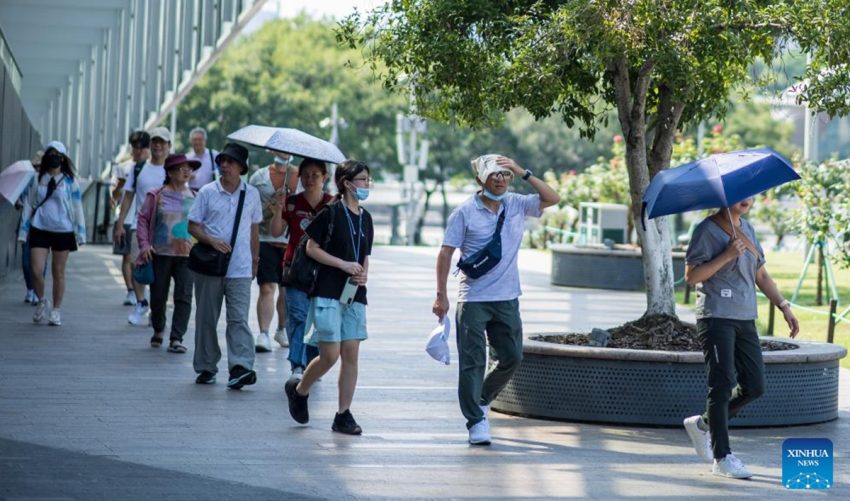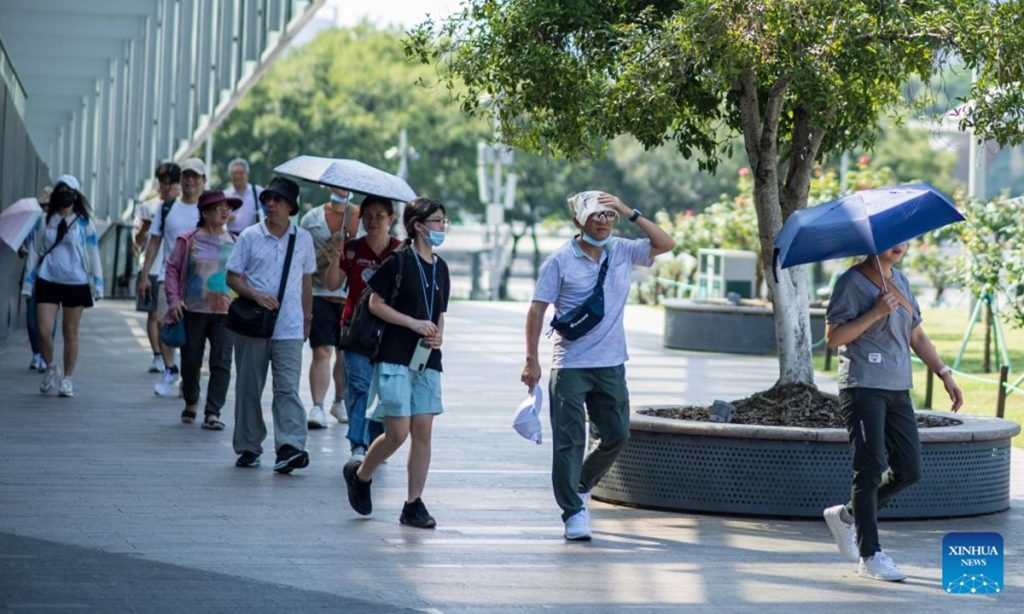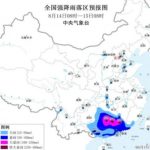
Regions in China take steps to ensure power supply amid heatwave-driven record demand

China is battling intense heatwaves across multiple regions in recent days, with temperatures surpassing 40 C in some areas, triggering yellow heat warnings and high-temperature health risk warnings. The high temperatures also pushed electricity demand to historical levels, prompting emergency measures to stabilize power grids.
China's National Meteorological Center (NMC) continued to issue a yellow alert for high temperatures on Sunday morning. During the day on Sunday, temperatures in areas including the Huanghuai region exceeded 35 C. In some areas, including East China's Shandong Province, Central China's Henan Province and Shanghai, temperatures rose to 37-39 C. Meanwhile, in the Turpan-Hami Basin in Northwest China's Xinjiang Uygur Autonomous Region, as well as other areas, temperatures surpassed 40 C.
The NMC reminded relevant departments and the public to take precautions against heatstroke, especially for the elderly, the weak, the sick and the young people.
On Saturday evening, the National Disease Control and Prevention Administration and the China Meteorological Administration (CMA) jointly issued a high-temperature health risk warning.
From 8 pm Saturday to 8 pm Sunday, health risks from high temperatures were forecast in eastern North China, with a yellow alert. Meanwhile, parts of East China's Jiangsu and Anhui provinces faced higher risks, with an orange alert, and some areas were under the highest red alert, according to the Chinese Center for Disease Control and Prevention.
Amid the persistent heatwave pushing electricity demand to record highs, multiple regions have implemented measures to ensure stable power supply.
The State Grid Shandong Electric Power Company said that the province's power load reached 114.83 million kilowatts on Thursday, setting a new summer record and surpassing last year's peak by 310,000 kilowatts a month earlier, according to the News.cn on Saturday.
Some netizens from Shandong recently shared on social media about experiencing sudden power outages. A netizen surnamed Li from Qingdao, Shandong, told the Global Times on Sunday that her home lost power in the morning amid 40 C. "Power cuts happen occasionally during summer peaks, and today was the first this year. I went to a nearby mall to cool off, as did some other neighbors. After about an hour and a half, power was restored," Li said.
Since June, Zhejiang has also faced seasonal power demand spikes. State Grid Zhejiang Electric Power Company took steps to boost supply and ensure grid stability. It rolled out detailed plans for the summer, including enhanced equipment monitoring, infrared thermography, drone patrols and emergency protocols to maintain stable operations under high temperatures and heavy loads, according to the report.
"This year's early summer heatwave is influenced by air currents and climate patterns. Southern regions saw more rain, while northern areas experienced intense heat and sinking air currents," Ma Jun, director of the Institute of Public and Environmental Affairs, told the Global Times on Sunday.
Recent high temperatures in eastern China are also driven by the subtropical high-pressure system, bringing humid heat that feels even hotter, Ma said.
Earlier, China's National Energy Administration (NEA) said that sustained high temperatures across China have driven electricity demand to historic highs. On Friday, the national power load hit a record high, CCTV News reported.
Data showed that on Friday, China's maximum power load reached 1.465 billion kilowatts, up 200 million kilowatts from late June and nearly 150 million kilowatts year-on-year. The East China grid load hit 422 million kilowatts, with air conditioning accounting for 37 percent of demand. Provincial grids in Jiangsu, Shandong, Henan, Anhui and Central China's Hubei Province have broken records nine times this summer, CCTV reported.
Power supply remains stable nationwide. However, the CMA predicted continued high temperatures in the Huanghuai region, among others, until July 10, with some areas possibly hitting historical highs. This will drive further demand spikes in East and Central China, and the NEA will ensure full-capacity generation and cross-region coordination to address any issues promptly, said the NEA on its WeChat account on Friday.
"Facing high-temperature weather, in addition to ensuring power supply, it is also necessary to monitor, forecast and issue early warnings for extreme heat. Against the backdrop of global climate change, cities should prepare to adapt to the increasing frequency of high-temperature weather in the future," Ma added.


